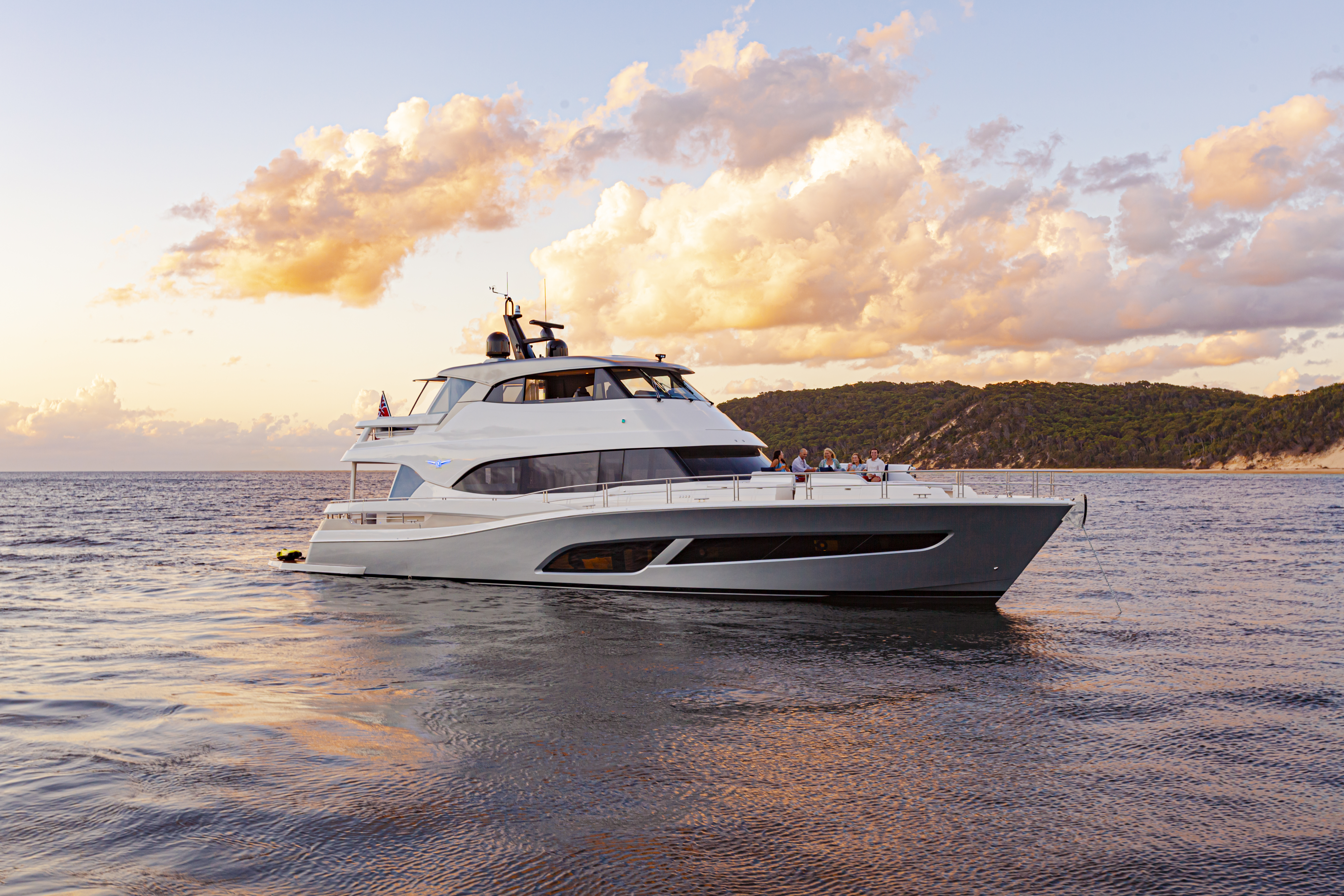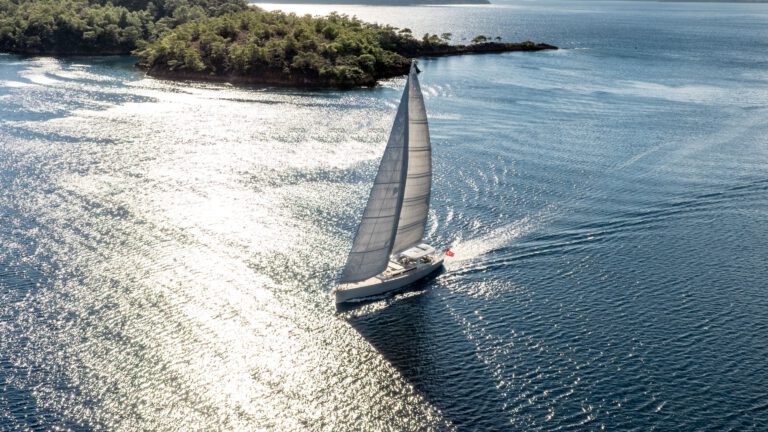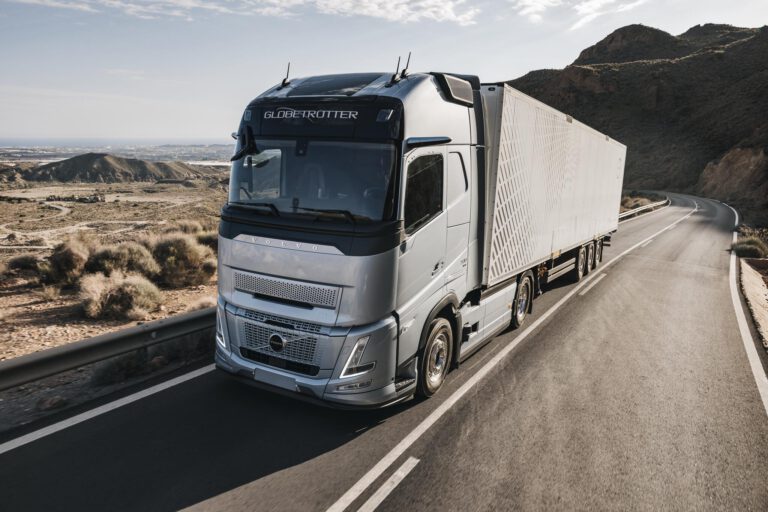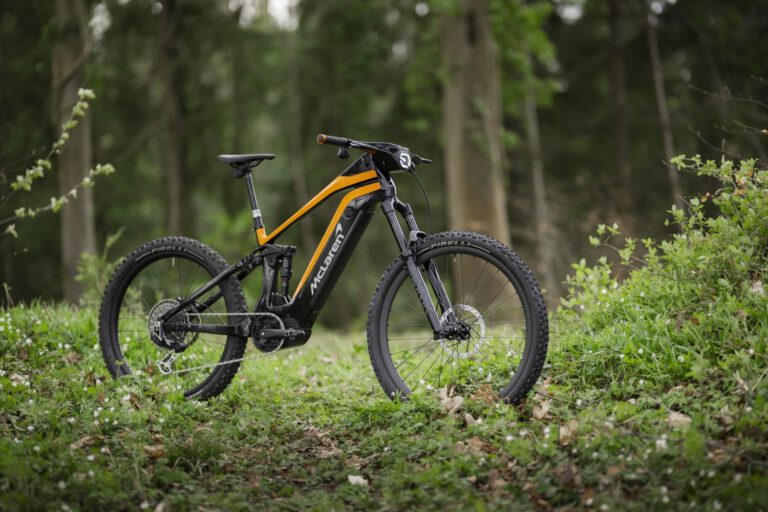NASA and Boeing have taken a major stride towards sustainable aviation by embarking on the Sustainable Flight Demonstrator project. This collaborative effort seeks to develop groundbreaking technologies and designs for a new generation of more environmentally friendly single-aisle aircraft. Through a funded Space Act Agreement, NASA will invest $425 million over seven years, with Boeing and its partners contributing an estimated $725 million.
The centerpiece of this project is the X-66A, an experimental aircraft designated by the U.S. Air Force. By implementing a Transonic Truss-Braced Wing configuration, the X-66A aims to validate technologies that can significantly reduce fuel consumption and emissions. With advancements in propulsion systems, materials, and systems architecture, this aircraft concept has the potential to achieve up to 30% less fuel consumption than current industry benchmarks.
NASA’s long-standing history with experimental aircraft dates back to the 1940s. The X-66A is the latest addition to a lineage of NASA X-planes that have driven innovation in aviation. Additionally, the Armstrong Flight Research Center in California has been instrumental in providing technical expertise and support for multiple X-planes.
The Sustainable Flight Demonstrator project aligns with NASA’s Integrated Aviation Systems Program and its Sustainable Flight National Partnership, focusing on the development of sustainable aviation technologies. By collaborating with Boeing and investing in research, NASA aims to shape the future of flight and contribute to the decarbonization of the aerospace industry.
Photo: NASA

















+ There are no comments
Add yours